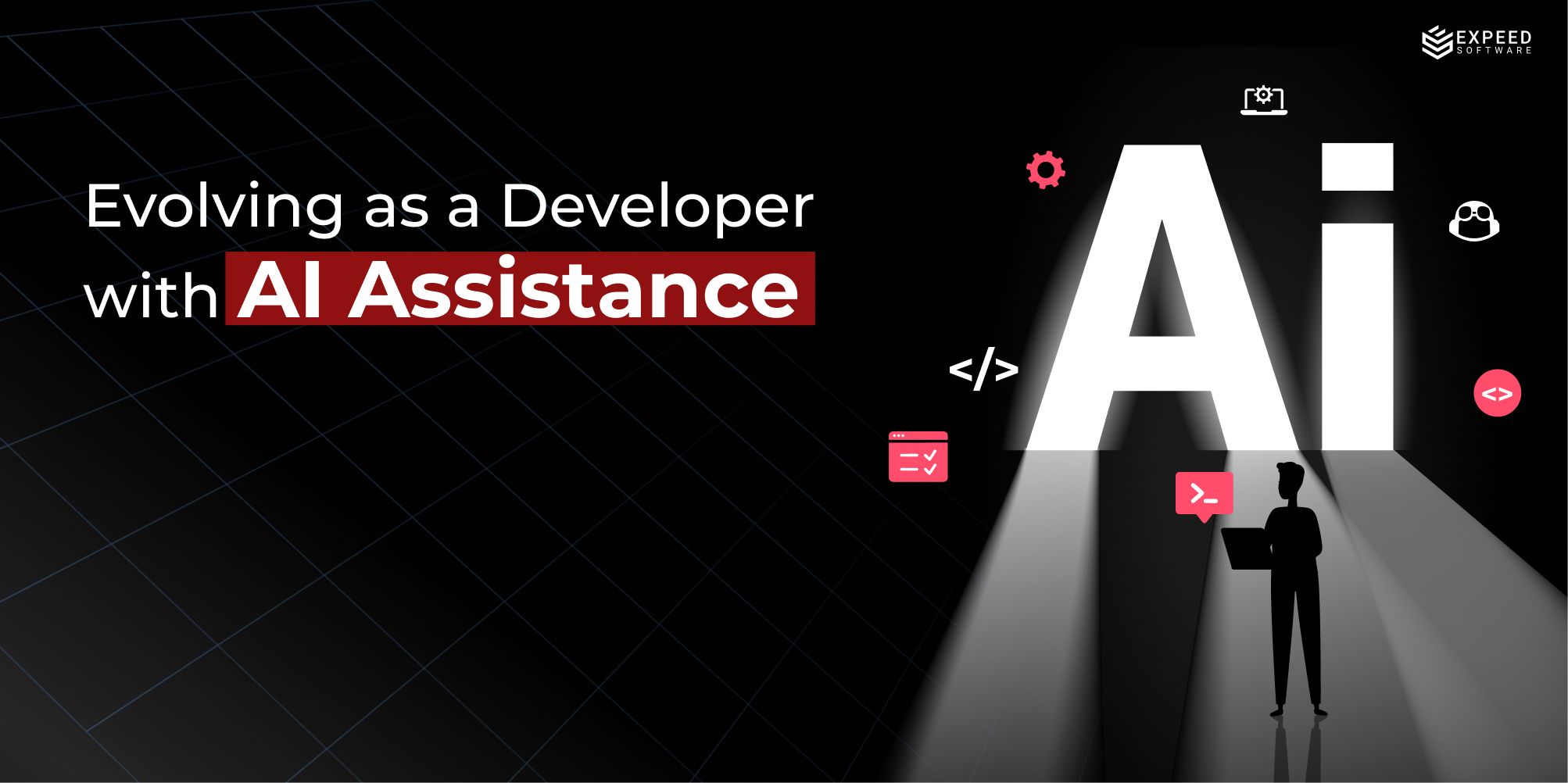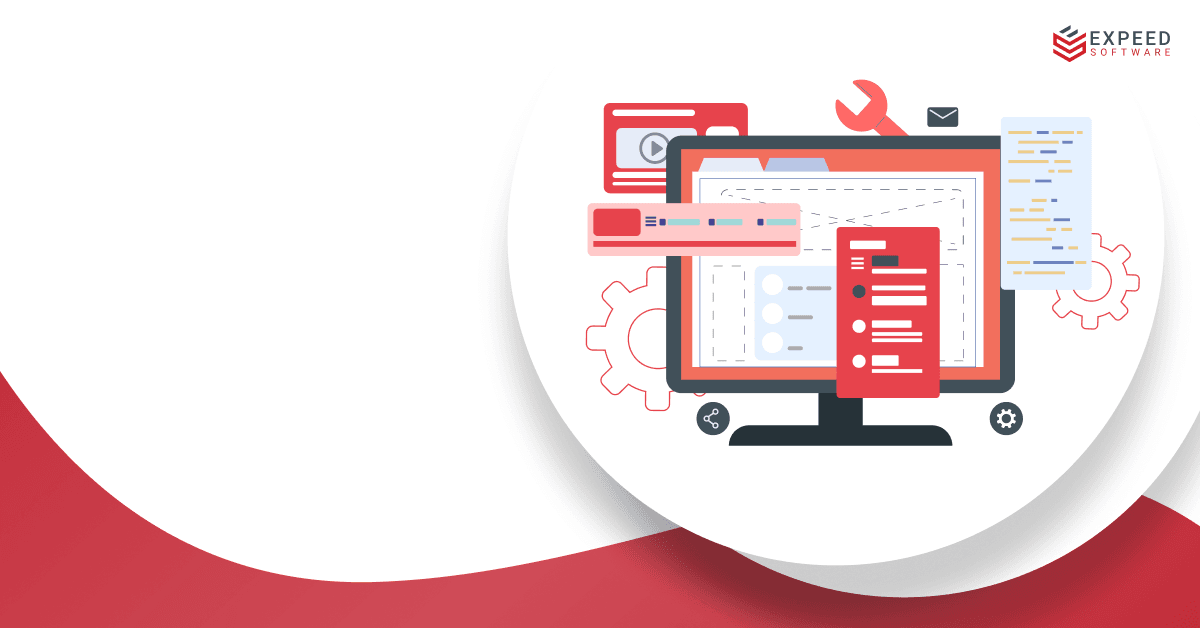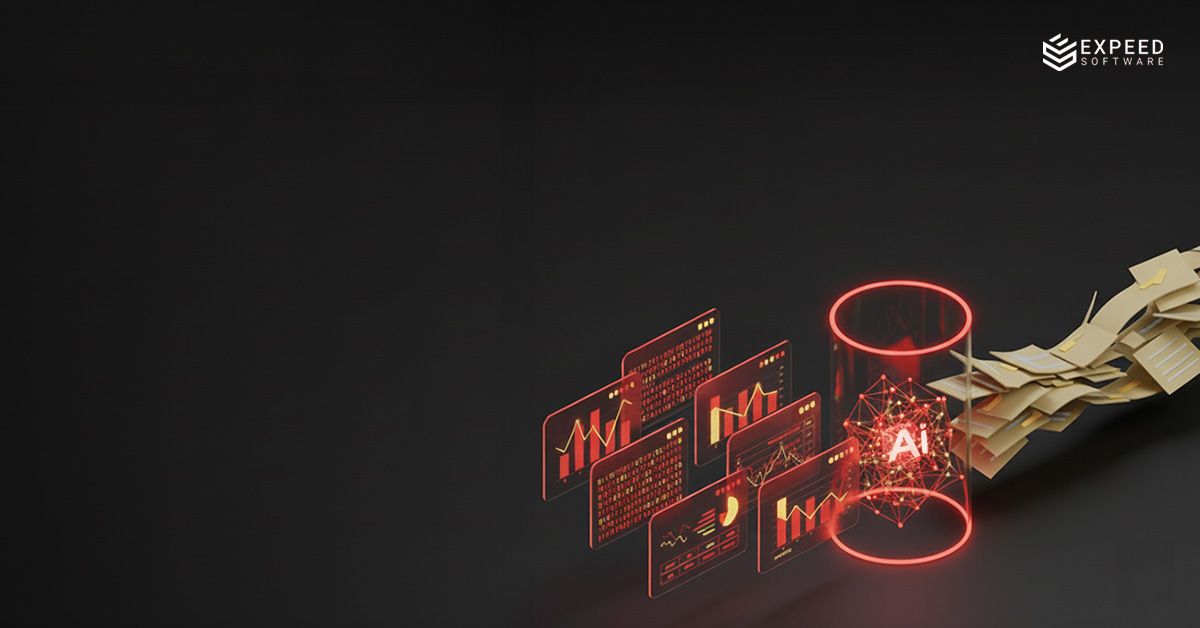Finding the best platform for your business to flourish in the digital world is not an easy task, especially with multiple options available in the market. While CMS platforms such as WordPress ruled the web development arena for a long time, we are currently witnessing a shift in the trend with the emergence of headless CMS platforms.
Headless CMS platforms such as Strapi, Sanity, etc. aren’t just garnering attention, they’re reshaping how developers and businesses deliver content in the digital realm. Efficiently facilitating content across multiple channels, headless CMS platforms are becoming the go-to solution for web content management. Let us delve deeper into this popular and one of the most beloved content delivery approaches in the web development space.
What is a headless CMS platform?
Headless CMS platforms like Strapi have a very different and distinct architecture as compared to traditional web development platforms such as WordPress and Drupal. The headless CMS platform focuses only on content structure, storage, and management. It does not offer any presentation mechanism to display that content in the form of web pages. The presentation of this content is the responsibility of other presentation applications. As these platforms do not present data (head) to the end users, they are referred to as headless CMS. The only presentation these headless CMS platforms offer is to display content authors.
So what makes content delivery seamless on headless CMS platforms? Headless CMS platforms provide APIs to access the content they manage. This API delivers content to different presentation applications, each suitable for a type of device, making omnichannel data delivery possible.

Today, as people consume data from multiple devices with multiple form factors such as desktops, tablets, and phones, organizations are extra cautious about how they present their data to people on these devices using websites/applications developed to a specific form factor. This is where omnichannel content delivery strategy is important. Rather than delivering content to one type of device, using a headless CMS, companies can make the delivery of content possible across a variety of mediums, making the platform also known as a multi-head CMS.
The multi-head content delivery makes headless CMS platforms stand apart from the rest as they keep customer experience and satisfaction as the main priorities. All you have to manage is the backend part of this system, and the content can be delivered to multiple devices and screens with the help of Restful APIs.
Why should you choose a headless CMS instead of a traditional CMS?
Gone are the days of content confinement to singular platforms. With Headless CMS solutions, you can aim to deliver your content to multiple form factors easily. One of the main differences between a headless CMS and a traditional CMS is the way content is delivered to potential customers. As it is becoming a common requirement for content to be delivered to multiple types of devices, headless CMS should be your choice.
The dawn of these headless CMS platforms also gave birth to new types of frameworks based on Jamstack architecture to generate static content websites and distribute them to CDNs. These static content websites are extremely fast when compared to websites based on traditional content platforms. These kinds of faster websites not only provide a better experience to your customers, but they also will be ranked better by search engines, providing better organic traffic.
As the term ‘Headless CMS’ is seen taking the forefront in the realm of web development, a lot of companies are switching to headless CMS, while others choose to stay with the traditional system of content delivery.
What makes the headless CMS different from the traditional CMS architecture?
Traditional CMS platforms, such as WordPress, deliver content through predefined website templates. The same templates are used to present content across devices of varying form factors, not resulting in the best customer experience. Also, this content is not available for any application that is built outside the CMS, limiting its appeal to a single channel or at the best a dual-channel strategy.
Whereas Headless CMS takes responsibility only for the content management aspects and leaves content presentation responsibilities to other applications that are suitable for a given device type. This approach of separating content management and content presentation responsibilities, makes headless CMS platforms the natural choice for omnichannel content delivery strategy.
For example, while traditional CMS platforms deliver content only to the web, headless CMS can deliver content to mobile devices, websites, smartwatches, and literally anything that can access content with the APIs provided.
How do I choose between a headless CMS and a traditional CMS?
When static websites were the norm, traditional CMS reigned in the web development space. As the web started becoming a global knowledge base for everything, and organizations started designing marketing campaigns based on content, it became important to quickly produce content without having to worry too much about how it is going to be presented.
With content generation and presentation playing an increasingly significant role in the organization’s sales and marketing efforts, the need for less distracting tools for content authors became evident. Thus headless CMS platforms were born allowing creators to focus on content generation that could be published content across multiple channels effortlessly.
Over the course of the last four years, headless CMS platforms have witnessed rapid growth with a projected CAGR of 22.6% between 2020 to 2027.

Data Source: https://www.verifiedmarketresearch.com/product/headless-cms-software-market/
Upon witnessing this global surge and productivity results of headless CMS platforms, companies that rely on web development and web services will naturally start switching from traditional ways. But is headless CMS an optimal solution for everyone? Following are some of the points that need to be considered while deciding whether to use headless CMS or not.
1. Reduce marketing effort
An organization typically wants to deliver its content through a diverse medium and connect to a vast customer pool. For the same reason, they are bound to depend on various ways of repurposing the same content, depending on various marketing mediums. This effort can be reduced to a certain extent if you are using a headless CMS platform to deliver content. Web development companies consider headless CMS platforms to be a flexible option when it comes to delivering content to multiple endpoints and reaping the same or more marketing results when compared to the traditional CMS.
2. Avoid marketing bottlenecks
With traditional CMS, which is typically operated by experienced developers or content creators, the marketing team often has to wait for the work to be finished first on the development front. This usually hinders the marketing plan and strategy of an organization. Whereas, relying on a headless CMS, instantaneous results are guaranteed, which automatically increases productivity.
3. Customer Satisfaction
If your organization primarily relies on providing the best customer experience and thereby ensuring customer satisfaction, headless CMS is an option to consider. You can create custom interactive user experiences on various devices, naturally making the entire web experience much more pleasant.
4. Enterprise Security
The monolithic architecture of traditional CMS platforms makes them more prone to attack as the entire system is built as one entity, including the database. But when it comes to headless CMS, due to its detached nature, the backend is separated from the front-end node(s), making it more secure than normal content management systems. If your organization prioritizes the security of your content and is into collecting customer information for your operations, headless CMS is what you should be looking in your content delivery.
Apart from the above-stated points, if your organization is not much inclined towards user personalization and often makes changes in its structure and content, it is advised to go with a traditional CMS. It is your business model that ultimately decides what mode of content delivery and management system you should opt for. It is also to be noted that headless CMS platforms can be a little pricey compared to traditional CMS to build and manage.
Scroll down to explore a brief case study where our developers from Expeed Software made use of Strapi to build the backend of a website for seamless content management.
Case Study: Streamlining Content Management with a Strapi Backend
Overview: To build a marketing website using an efficient content management solution.
Requirements: Build a website with a streamlined content management system with no significant front-end adjustments. It should be easy to update and manage content with a space for future scalability.
Implementation: The developers from Expeed Software proposed a productive solution that makes use of Strapi, a headless CMS platform, to handle backend content management and integrates it with Next JS for front-end content presentation.
1.Strapi, which is one of the popular headless CMS platforms known for its flexibility and ease of management, was selected to manage the content. This will allow content to be easily managed and updated without relying on any specific front-end solution.
The extensive plugin support and the intuitive interface provided by Strapi make the adding, updating, and deletion of content on the website an easy task. One can easily integrate numerous third-party functions with Strapi to deliver a tailored experience to customers.
2.Next.js: The search for an efficient way to handle front-end development ended at Next.js, a react framework. Using Next.js, server-side rendering (SSR), static site generation (SSG), and performance boosts can be utilized to ensure the best customer experience.
Strapi will serve as a data source for the front end with the help of an API provided by Strapi. The pre-rendered web pages of the static site generator are pushed to Content Delivery Network (CDN) for faster delivery of the HTML pages to the user browser. This feature of static page generation enhances the site’s overall performance and SEO optimization.
Result: By leveraging Strapi CMS for handling the backend content management and integrating it with Next.js for front-end content delivery, the web developers from Expeed Software were able to build an intuitive and efficient website.
Final Word
Delivering your content to the right audience is crucial for making your business a successful venture. Content management systems help you efficiently streamline this process. With the recent developments in web development technology, the competition between traditional and headless CMS has taken the front row.
As customer experience and satisfaction in accessing content are very important, headless CMS proved to be a worthy way to deliver content. Utilizing the functionalities of some popular headless CMS platforms, such as Strapi, Contentful, Prismic, etc., you can implement a very sophisticated omnichannel content strategy. Expeed Software being an innovative web development company, is committed to delivering the best headless CMS services. Contact us for an intuitive and productive web experience!

Expeed Software is a global software company specializing in application development, data analytics, digital transformation services, and user experience solutions. As an organization, we have worked with some of the largest companies in the world, helping them build custom software products, automate processes, drive digital transformation, and become more data-driven enterprises. Our focus is on delivering products and solutions that enhance efficiency, reduce costs, and offer scalability.


